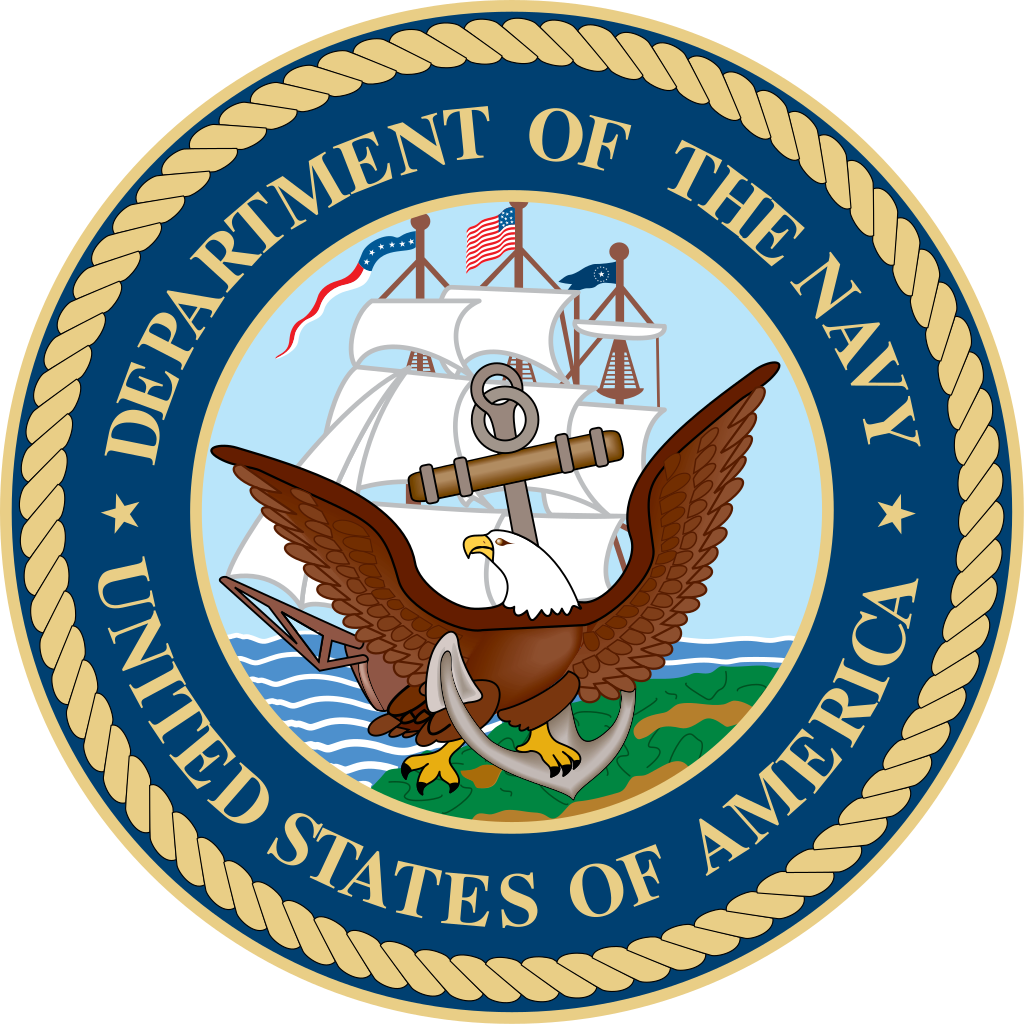 Develops enabling manufacturing technology – new processes and equipment – for implementation on Department of Navy weapon system production lines.
Develops enabling manufacturing technology – new processes and equipment – for implementation on Department of Navy weapon system production lines.
The Navy Manufacturing Technology (ManTech) Program is an industrial preparedness program focused on affordability improvements for key naval platforms as well as capability acceleration to get capabilities to the Fleet faster. Navy ManTech works closely with the Program Executive Offices (PEOs), Program Offices, key industry partners, and the Navy ManTech Centers of Excellence (COEs) to identify manufacturing affordability challenges; develop affordable manufacturing technology; and transition that technology to industry partners for implementation. Once implemented, the developed technology results in substantial affordability improvements—measured as either cost savings or cost avoidance.
Navy ManTech executes through seven COEs. The COEs provide a focal point for the development and transfer of new manufacturing processes and equipment in a cooperative environment with industry, academia, and DoD agencies. The COEs:
- Develop and demonstrate manufacturing technology solutions for identified defense manufacturing issues.
- Provide advice to the ManTech Program Officers concerning program formulation.
- Facilitate the transfer of developed manufacturing technology.
- Provide consulting services to defense industrial activities and industry.
- Serve as corporate residences of expertise in their particular technological areas.
The Navy ManTech Program is managed by the Office of Naval Research (ONR), with direct oversight from ONR leadership.